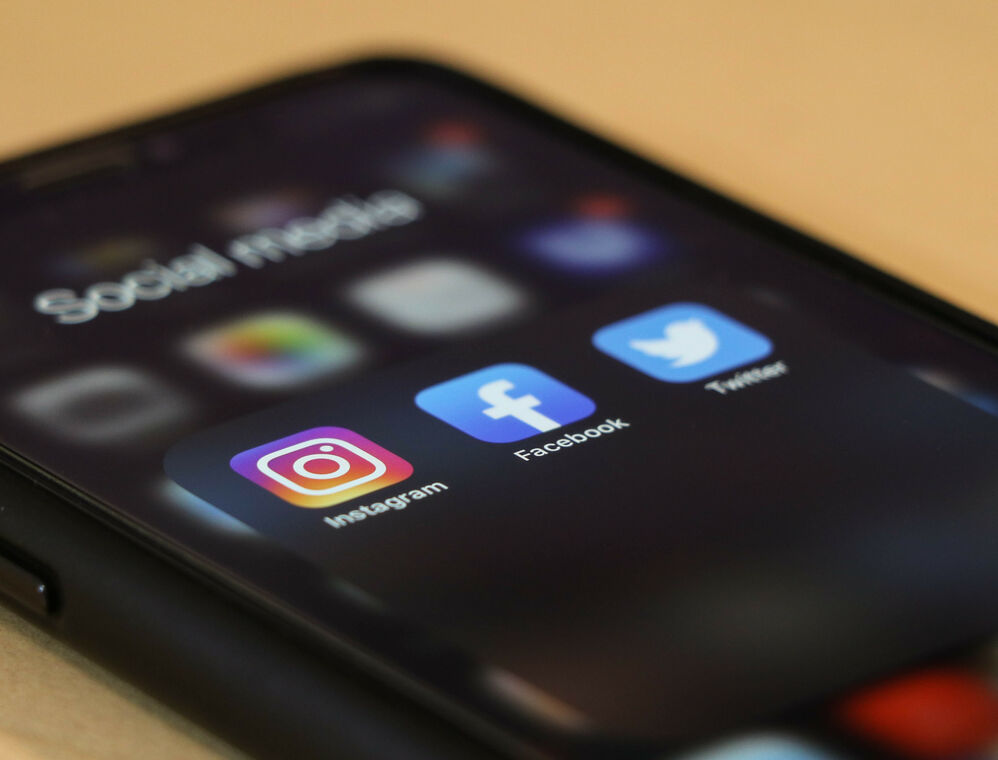Social media has fundamentally changed how news is produced, disseminated, and consumed. Platforms like Twitter, Facebook, and Instagram play a central role in the modern news landscape and have significantly accelerated the traditional news cycle. We have already written about the advantages and disadvantages of social media in the past. In this article, we will examine how social media influences the news cycle and what impact this has on the quality and reliability of news.
The News Cycle

The news cycle refers to the process through which news is produced, published, and consumed. Traditionally, this cycle followed a fixed schedule, with news organizations providing new information at specific times of the day, such as in the morning newspaper, midday radio news, or evening TV news. However, with the advent of digital technologies and particularly social media, the news cycle has dramatically accelerated. News can now be disseminated in real time, leading to a continuous flow of information. This development has fundamentally changed both the way news is reported and the expectations and behavior of the audience.
The Impact of Social Media

1. Accelaration of the News Cycle
One of the most noticeable impacts of social media on the news cycle is the speed at which news is disseminated. In the past, news organizations had specific schedules for releasing stories—morning, midday, and evening. With social media, however, news can be shared in real-time. Breaking news often reaches the public within minutes of an event, leading to a continuous, around-the-clock news cycle.
2. Democratization of News Production
Social media has democratized news production. Anyone with a smartphone and internet access can potentially become a news reporter. Platforms like Twitter and Facebook allow citizen journalists to share their observations and reports, often before traditional media outlets cover the story. This democratization has led to a variety of perspectives and voices being heard in the news, especially visible during crises or political movements.
3. Changed News Consumption Habits
The way people consume news has also changed due to social media. Many people receive their news primarily through social media platforms, often through posts and links shared by friends and followers. Algorithms determine which news is displayed based on users’ preferences and behavior. This leads to increasingly personalized and fragmented news consumption.
4. Fake News: Challanges for News Quality
The rapid dissemination of news through social media brings challenges for the quality and reliability of information. Misinformation and rumors can spread as quickly as true news. This is exacerbated by the pressure on journalists to report quickly, sometimes leading to inaccurate or incomplete reports. Additionally, algorithms may favor sensational or polarizing content, facilitating the spread of misinformation.
5. Impact on Traditional Media
Traditional news media have adapted to the dominance of social media. Many news organizations use social media to expand their reach and interact with their audience in real-time. They have dedicated teams focusing solely on social media presence and reporting. At the same time, they face the challenge of maintaining their journalistic integrity and quality while meeting the fast pace and demands of the social media landscape.
Conclusion
Social media has revolutionized the news cycle, offering both opportunities and challenges. The speed and reach of social media enable faster dissemination of news and a greater diversity of voices. At the same time, the spread of misinformation and the pressure on journalistic accuracy pose significant challenges. It is important for both news consumers and producers to be aware of the dynamics of social media and to develop strategies to ensure the quality and reliability of news.
Pascal founded ViOffice together with Jan in the fall of 2020. He mainly takes care of marketing, finance and sales. After his degrees in political science, economics and applied statistics, he continues to work in scientific research. With ViOffice, he wants to provide access to secure software from Europe for everyone and especially support non-profit associations in their digitalization.


